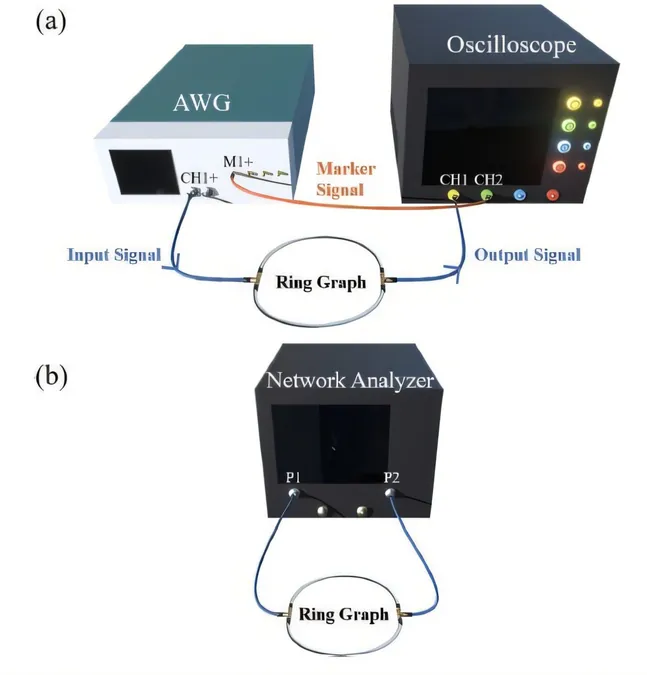
Unlocking the Mystery of Quasicrystals: Revolutionary Quantum Simulations Reveal Their Existence
2025-06-13
Author: Wei Ling
In a groundbreaking study from the University of Michigan, researchers have unveiled the first quantum-mechanical model of quasicrystals, an astonishing state of matter that blurs the lines between crystals and glass. Once deemed impossible, these materials defy traditional atomic arrangements, showcasing stability in a form that's as mystifying as it is fundamental.
Quasicrystals feature a unique atomic structure that does not repeat like traditional crystals. This revelation has crucial implications for material science, as understanding how to manipulate atomic arrangements could lead to the design of materials with extraordinary properties.
The Quest to Understand Quasicrystals
"We need to know how to arrange atoms into specific structures if we want to design materials with desired properties," notes Wenhao Sun, the lead researcher. His team’s findings, published in the prestigious *Nature Physics*, clarify why quasicrystals exist—a question that has puzzled scientists for decades.
Quasicrystals were first identified by Nobel laureate Daniel Shechtman in 1984 while studying aluminum-manganese alloys, revealing their astonishing five-fold symmetry. Initially met with skepticism, Shechtman’s discovery eventually led to further investigations that uncovered quasicrystals in ancient meteorites.
The Breakthrough Simulation Methodology
Despite their historical significance, understanding the formation and stability of quasicrystals has been a scientific challenge due to the limitations of density-functional theory, which relies on infinitely repeating atomic patterns. This study opens new avenues by employing innovative simulations to analyze quasicrystals without the need for such repetition.
The research determined whether quasicrystals are stabilized by low energy (enthalpy) or by high variability (entropy). By extracting tiny nanoparticles from simulated quasicrystal blocks, the researchers could analyze energies without reliance on infinite structures.
Significantly, they discovered that certain well-known quasicrystals—one composed of scandium and zinc, the other a combination of ytterbium and cadmium—are enthalpy-stabilized, contradicting previous assumptions. This breakthrough is pivotal in understanding how quasicrystals can be synthesized and their potential applications.
Revolutionizing Computational Chemistry
To address computational challenges, the team developed a novel algorithm that streamlines calculations by enabling localized communication between processors, making it up to 100 times faster. This advancement not only facilitates the study of quasicrystals but also opens pathways to simulate other complex materials, including those essential for quantum computing.
"We can now simulate glass and amorphous materials, interfaces between different crystals, and even crystal defects crucial for the development of quantum computing," says co-author Vikram Gavini, highlighting the far-reaching implications of this research.
This pioneering research was funded by the U.S. Department of Energy and utilized extensive computing resources from several prestigious laboratories, paving the way for the next revolution in materials science.



 Brasil (PT)
Brasil (PT)
 Canada (EN)
Canada (EN)
 Chile (ES)
Chile (ES)
 Česko (CS)
Česko (CS)
 대한민국 (KO)
대한민국 (KO)
 España (ES)
España (ES)
 France (FR)
France (FR)
 Hong Kong (EN)
Hong Kong (EN)
 Italia (IT)
Italia (IT)
 日本 (JA)
日本 (JA)
 Magyarország (HU)
Magyarország (HU)
 Norge (NO)
Norge (NO)
 Polska (PL)
Polska (PL)
 Schweiz (DE)
Schweiz (DE)
 Singapore (EN)
Singapore (EN)
 Sverige (SV)
Sverige (SV)
 Suomi (FI)
Suomi (FI)
 Türkiye (TR)
Türkiye (TR)
 الإمارات العربية المتحدة (AR)
الإمارات العربية المتحدة (AR)